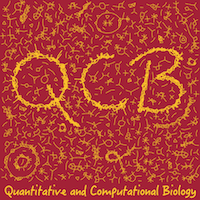Human structural variation
A key component to understanding diversity and disease is a complete survey of all variation in a genome. Our lab develops methods to detect human genetic variation using diverse technologies across a wide spectrum from short insertion and deletions to large structural variation. We have a particular emphasis in the use of long-read single-molecule sequencing, and in developing methods to profile genetic variation in large-scale diversity and disease studies.

Single-molecule sequencing method development
It has become standard practice to generate near draft-quality mammalian genomes using single-molecule sequencing, leaving about 3% of the euchromatic genome unassembled. This portion of the genome is composed of nearly identical segmental duplication sequences, which are both gene-rich and highly polymorphic, and contribute to disease in a duplication-architecture dependent manner. We focus on developing methods to resolve the sequence content and structure of these duplications, merging two separate fields from computational biology, phasing and de novo assembly.

